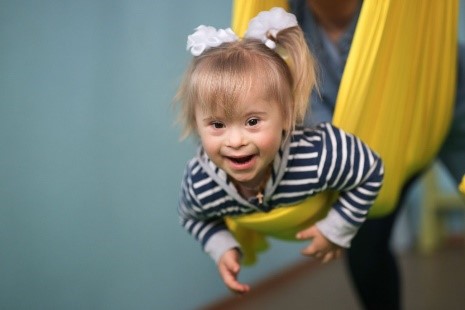
Before an individual is suspected of having any medical condition or even a disorder, they usually exhibit some signs and symptoms. Red flags are the signs and symptoms seen. The term ‘red flag’ was initially associated with back pain in early 1980. Since then, numerous red flags for different conditions have been created. The presence of red flags indicates the need for investigation and or referral.
Autism Spectrum Disorder (A.S.D.) has several red flags that can be identified by the parents, caregivers, teachers, occupational therapists, and speech and language therapists. Within the school setting, teachers, occupational therapists, speech therapists, and support staff can identify undiagnosed students who experience challenges within this learning environment. Historically, checklists have been instrumental in identifying the red flags of A.S.D., but they are limited in indicating the likelihood of Autism.
One tool used to determine the likelihood of Autism is the Gilliam Autism Rating (3rd Edition) GARs-3. It is a norm-referenced screening instrument that has been used for the past 25 years to identify individuals from 3 through 22 years of age with severe behavioral problems that might be indicative of Autism. It has 58 clearly stated items that are subdivided into six subscales. These subscales are related to the definition of A.S.D. by the Autism Society and are also based on
the diagnostic criteria for Autistic Disorder (DSM-5). The subscales are;
- Restricted, repetitive patterns of behavior, interests, or activities.
- Persistent deficits in social interaction and social communication across multiple contexts.
- Deficits in socio-emotional reciprocity.
- Cognitive style.
- Maladaptive speech.
Interestingly the subscales contain all the red flags for A.S.D.
In addition to identifying individuals with A.S.D., the tool can be used for:
- Assessing serious behavioral problems.
- Documenting behavioral progress.
- Targeting goals for Individual Education Plans (I.E.P.s).
- Collecting data for research.
In 2021, a study was conducted in Nairobi, Kenya, by two occupational therapists (Perpetua Omondi and Mary Musyoki) within a school set up to enable the teachers and parents to know the likelihood of Autism in undiagnosed students who exhibited red flags of A.S.D. and created individual intervention plans. The therapists used the GARs-3 to identify the possibility of Autism, target goals for Individual Education Plans (I.E.P.s), and collect data for research.
From their findings, all participants’ scores indicated the probability/likelihood of A.S.D. The students who scored stated that they required substantial support formed 72% of the total group.
In Conclusion
Red flags of A.S.D. are a probable indicator of A.S.D. Parents, caregivers, teachers, medical personnel, and support staff must be aware of the red flags. Knowing these red flags will enable the children/teens/adolescents to access assessments that will aid in the identification of persons with Autism. Further background checks and observations will identify the severity level, guiding the required support level.
-
Previous Post
Positioning and carrying of children with Cerebral Palsy




